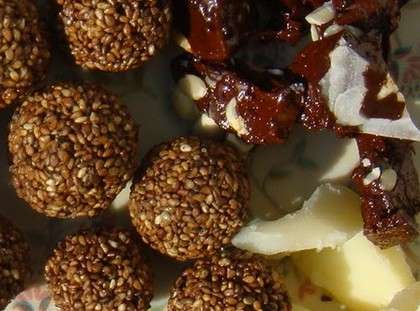Maghe Sankranti

On Maghe or Makar Sankranti, Hindus take holy dips into rivers and ponds, worship at various temples and relish delicacies like ghee, yam, khichadi and sweets like chaku and sweets made of sesame and molasses.
As per the astrological chart, the Makar Sankranti has a special significance as the sun enters the northern hemisphere from this day onwards. On this day, the sun moves from the tropic of Capricorn to tropic of Cancer. It is believed that the days get longer from today itself.
According to 'Bhabisya Puran' and 'Dharma Sindhu', religious texts, devotees will get special blessings and will have robust body if they observe the festival as per the rituals.
Likewise, the Newar Community observes the festival by having ghee, chaku and remembering the departed souls.
This festival is called as 'Ghyo Chaku Sallnhu'. Seniors apply mild-hot edible oil to heads of juniors on this day.
A large number of devotees throng Devghat, Barahchhetra, Ridi, Panauti, Dolalghat and Kankai in Nepal and Prayag and Gangasagar in India to take a holy bath and perform Shraddha.
The festival has significance in view of Ayurveda and medical science also. Food items that are taken on this day are the sources of balanced diet which increase the immunity power.
On this day, a festival is organized at the Tilmadhav Narayan Temple at Taumadhi Tol, Bhaktapur and Puja of Deepakankar Buddha is performed. The Tharu Community observes this festival as the Maghi with much fanfare and gaiety for five consecutive days.
On this day, a special delicacy prepared by mixing black gram and rice with hot spices and ghee known as Khichadi is served.



